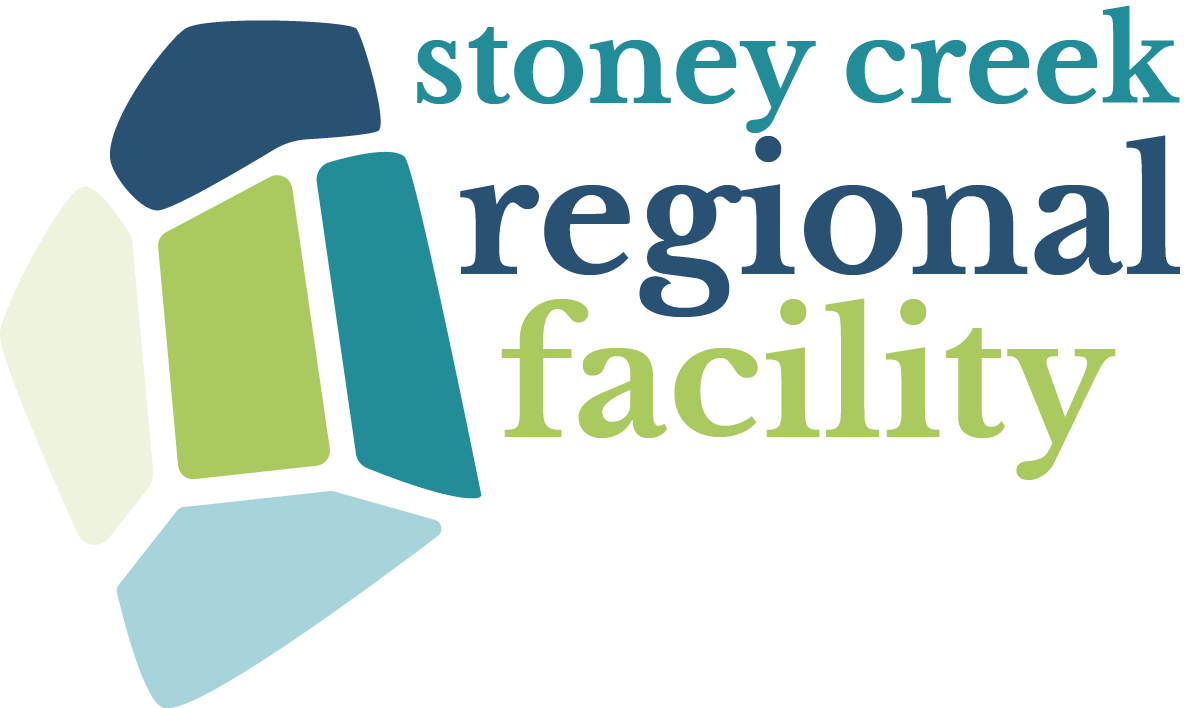Frequently Asked Questions
GFL STONEY CREEK REGIONAL FACILITY
Who is GFL Environmental?
GFL Environmental is the only major diversified environmental services company in North America offering services in solid waste management, liquid waste management, and infrastructure development.
With strategically located operations across Canada and the United States, GFL is uniquely equipped to undertake practically any environmental challenge, with unparalleled commitment to safety and customer service.
Where is the Stoney Creek Regional Facility (SCRF)?
The SCRF is located at the northwest corner of Mud Street and Upper Centennial Parkway (Highway 20) in the community of upper Stoney Creek and has been part of the local community since it was approved by the Ministry of the Environment, Conservation, and Parks (MECP) in 1996.
What is the SCRF?
The SCRF is unique in Ontario in that it only takes in non-hazardous residual excavation materials and by-products from industries, such as local steel production. The highly engineered site ensures maximum environmental protection and has been called “state of the art” by an independent panel of experts. The SCRF operates Monday to Friday, from 7:00 a.m. to 5:00 p.m. and is regulated by the MECP.
Does the SCRF smell?
The SCRF does not take in garbage so there are no garbage-related odours.
What type of material does the SCRF take in?
McMaster Innovation Park, King William Residence in Hamilton and City of Hamilton – Hamilton Harbour Pier 8Where does the material come from?
Approximately 50 percent of the material received annually at the SCRF comes from customers in the City of Hamilton, so the SCRF plays a vital role supporting local industry and the economy.
How does the SCRF contribute to the local community?
GFL has an exemplary track record of operating the SCRF and enjoys strong relationships with its neighbours and the City of Hamilton. GFL and its predecessor companies have provided over $22 million to the City of Hamilton and the Heritage Green Community Trust over the history of the SCRF. GFL looks forward to continuing to provide funding for local community groups and maintaining these great relationships while increasing our investments in the health and well-being of the community.
How does the SCRF support local industry and the local economy?
The SCRF plays a critical role in supporting local industry and the local economy with a conveniently located, environmentally sound facility for non-recyclable industrial residual material.
How is the environment protected?
GFL’s environmental compliance record at the SCRF is exemplary, operating in compliance with relevant regulatory requirements. The highly engineered site ensures maximum environmental protection through a double-liner system. It is constructed with two levels of natural clay liner and a single geosynthetic membrane liner along with extensive leachate and groundwater collection systems.
We have been in operation for 20 years, with more and more neighbours and residential development building up around us, and we have never had an incident affecting human health or the environment. In fact, Hamilton Public Health has reviewed all of the extensive health and environmental monitoring data accumulated over 20 years in existence and confirmed there is nothing that poses a risk to the community.
What are the Heritage Green Trust and the City of Hamilton Royalty Program?
GFL maintains two major community investment programs related to the SCRF – the Heritage Green Community Trust and a City of Hamilton Royalty Program. One dollar for every tonne of material received at the site each year goes into each initiative, which support community charitable and infrastructure programs. Over the nearly 26 years that these programs have been in place, they have injected a combined total of more than $22 million into the local community.
ENVIRONMENTAL ASSESSMENT DETAILS
When was the Environmental Assessment (EA) Approved?
The Stoney Creek Regional Facility Environmental Assessment was approved by the Minister of the Environment, Conservation, and Parks on October 31, 2019.
How long did this full EA process take?
The SCRF EA was completed in approximately 3.5 years. This included technical work and consultation prior to the final review and decision by the Minister.
What are the details of the final EA approval?
The approval of the EA allows for an increased capacity by 3,680,000 m3 so that GFL can continue to receive post-diversion solid, non-hazardous industrial residual material. Specifically, the capacity increase replaces the previous industrial fill with residual material, increases the height at peak by 2.5 m, and maintains the current buffer areas.
Did the Minister impose any conditions with the EA Approval?
The Minister approved the EA with conditions following a thorough review of the SCRF EA documentation. The conditions of approval can be found here.
What is a full individual Environmental Assessment (EA) process?
The SCRF was subject to an Environmental Assessment (EA) under the Ontario EA Act. The EA process is the most rigorous and thorough process available in Ontario. An EA is a study that assesses the potential environmental effects (positive or negative) of a proposal. Key components of an EA include consultation with government agencies and the public; consideration and evaluation of alternatives; and the management of potential environmental effects. Conducting an environmental assessment promotes good environmental planning before decisions are made about proceeding with a proposal. To learn more about the Environmental Assessment Process, you can also visit the [Ontario Ministry of the Environment, Conservation and Parks' website][2].
How does the capacity increase align with the new provincial Waste Free Ontario & Circular Economy Act?
GFL’s capacity increase aligns perfectly with the government’s direction on continuing to require permitted, well-designed, environmentally-secure landfills to manage residual materials. The relatively short lifespan will provide an important bridge as the government and society work towards the vision of a zero-waste economy.
